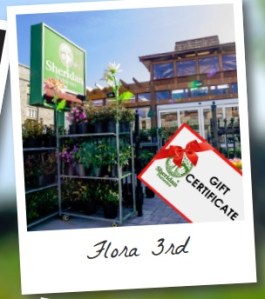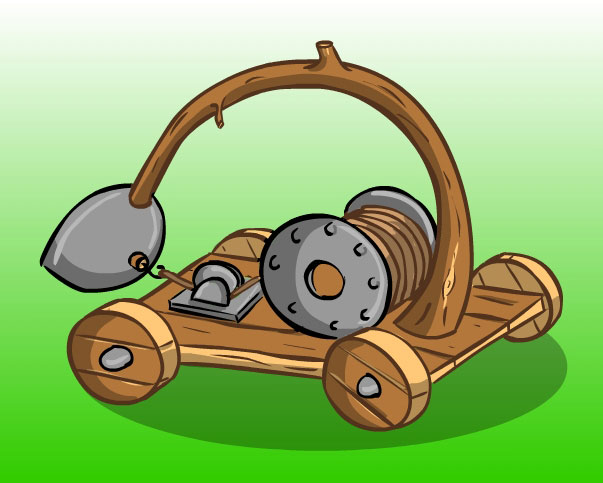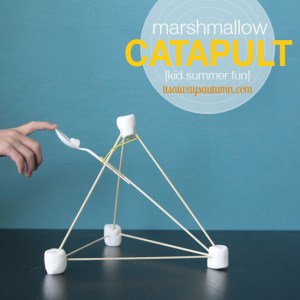Last week I took part in a retreat that was described thusly:
Today you are invited to explore the dynamics of your grief journey through the lens of “narrative disruption”, seeing how your life-story has been changed through a loss you did not want.
This new to me way of thinking about my grief was like a punch in the gut, I cautiously went outside of my comfort zone and arranged to attend. It was hosted on 500 acres of land, including a tract of dense forest being restored, and I found myself in this area in the afternoon portion where we were encouraged to let the land heal us.
I was squatting on the soggy edge of the creek contemplating the discussions from the day when out of the corner of my eye I spotted a flash of movement which I quickly turned toward. Scanning what was before me, I didn’t immediately identify what pulled my attention. If they weren’t already my favourite bird I doubt I would have been able to pick it out from the background wash of forest and misty creek, but there was a great blue heron now standing completely still in the water, patiently awaiting what would come next. I then noticed the creek, the shape of the water between myself and the heron. The main creek had, in the parlance of the day, been disrupted by a fallen tree. Accumulating around the fallen tree was other detritus and materials that were becoming tangled and obstructed and this interruption to the flow of the creek further impeded the water’s path. But this didn’t stop the water. The water level had risen, providing a haven for the heron. The water was given new opportunities and found a way forward. It took a new, unexpected path off to the side and was re-joining the creek downstream, past the disrupted area. It endured.

I continued on my way, thanking the heron for guiding me to that comparison, as I envisioned where the creek would meet the river ahead. Again though, I was caught unawares. My mind had determined that the river would be flowing to my left where the creek joined it, how or why I don’t know, it was just the way I saw it. When I got to the confluence, to my surprise the river was flowing to my right. The “wrong way”? No, not wrong, just unexpected. But this I realized was fine, it was not what I had imagined or foreseen it was going to be as I approached, but it was what it was and the greater reality of the direction of the stream was not something I could change, just by imagining it was different. And it didn’t matter in any way either. The river was speeding along as it had always done, with or with out me.
At this point, with the rain which had been falling the entire time, I was wet. And the river was plenty wet. And…so… I shed my footwear, rolled up my pants, and entered the water. It was cold, early in the spring with a hint of melted snow, but not uncomfortable. It was difficult to see where I was stepping as the soft silty bottom was stirred by my passing and plumes of darkness arose from the depths. But I wasn’t in a rush, and I waited. Patiently like the heron. I watched the swirling silt, the unclear water, trying to see a pattern, searching for a reason. I looked away for a moment, off in the distance, distracted by a bird call, and when my gaze returned: the water had cleared. I could see unobstructed to my feet. They were embraced by the river bed and my path forward, when taken slowly, was there for me.
















